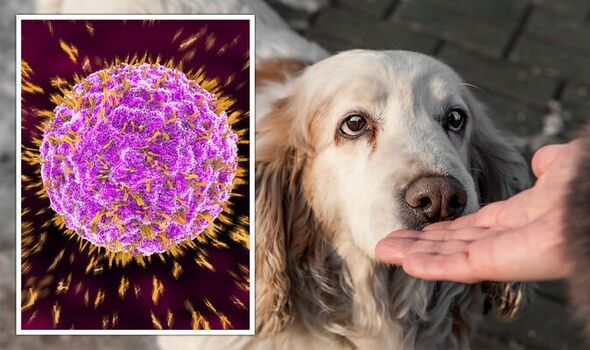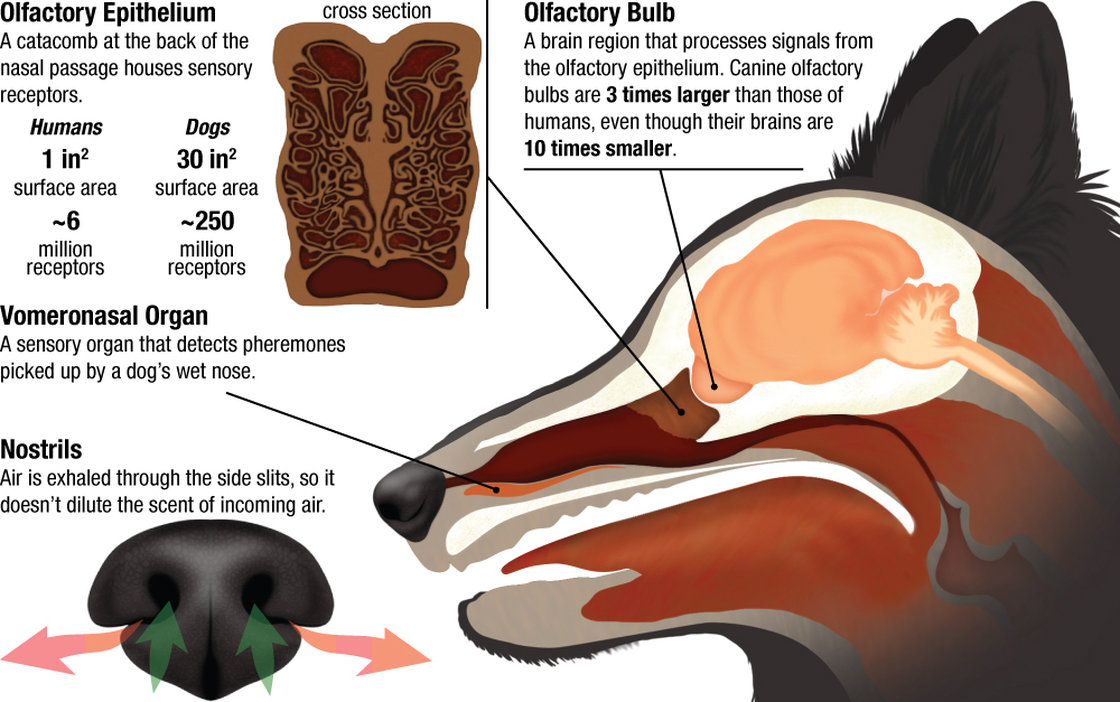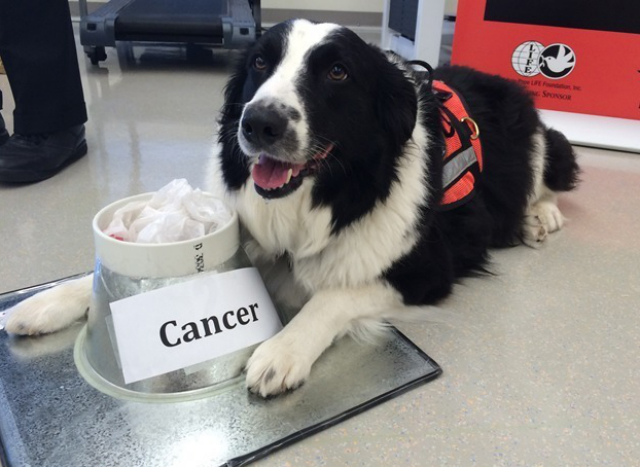Introduction:
Dogs possess an extraordinary sense of smell that allows them to detect various scents, including the presence of cancer in humans. In this comprehensive article, we will explore the fascinating phenomenon of dogs’ ability to smell cancer and its potential implications in early detection. Through extensive research and analysis of numerous sources, we will delve into the science behind this remarkable canine skill and its practical applications in the field of oncology.
Dogs Smell Cancer: An Extraordinary Canine Skill:
Dogs have been known to possess a highly developed sense of smell, far superior to that of humans. They have approximately 300 million olfactory receptors, compared to our mere 6 million. This exceptional olfactory ability enables dogs to detect minute odor molecules, including those associated with cancerous cells.
The Science Behind Dogs’ Cancer-Sensing Abilities:
Research suggests that dogs can detect cancer through their acute sense of smell, primarily by detecting volatile organic compounds (VOCs) emitted by cancer cells. These VOCs are metabolic byproducts that differ from the normal cellular odor profile. Dogs can identify these unique odors, even in the early stages of cancer development when conventional diagnostic methods may fail to detect the disease.
Recommended:
- Petco Review: The Power of Together
- PetSmart Review: Where Pets Inspire Us
- Hill’s Pet Nutrition Review: Pioneering Pet Health and Nutrition
- Royal Canine Review: Tailored Nutrition for Every Pet
- Chewy Review: Pet Care at Your Doorstep
Training Dogs to Detect Cancer:
Canine cancer detection training involves a rigorous process where dogs are trained to recognize and indicate the presence of cancer-specific scents. The training utilizes positive reinforcement techniques to associate the detection of cancer odors with rewards. Dogs can be trained to detect various types of cancer, including lung, breast, ovarian, and prostate cancer, among others.
Practical Applications in Early Cancer Detection:
The ability of dogs to smell cancer has significant implications for early detection and diagnosis. While dogs are not a replacement for traditional diagnostic methods, they can serve as a valuable adjunct tool. Their accuracy in detecting cancer has been reported to be remarkably high, with some studies showing success rates of up to 99%.
Advancing Canine Cancer Detection Research:
Ongoing research is focused on further understanding the mechanisms behind dogs’ cancer detection abilities and refining the training protocols. Scientists are working to identify the specific odor molecules associated with different types of cancer, with the aim of developing electronic devices that can mimic dogs’ olfactory capabilities.
Ethical Considerations and Limitations:
Although dogs’ cancer detection abilities hold great promise, there are ethical considerations and limitations to be acknowledged. The welfare of the dogs involved in cancer detection training must be ensured, and strict protocols must be followed. Additionally, factors such as environmental conditions, sample collection methods, and the potential for false positives or negatives need to be taken into account.
Collaboration between Dogs and Medical Professionals:
The collaboration between dogs and medical professionals in cancer detection research is crucial. By working together, scientists, veterinarians, and oncologists can harness the incredible olfactory abilities of dogs to develop innovative cancer detection methods that complement existing diagnostic techniques.
Conclusion:
Dogs’ remarkable ability to smell cancer has captivated researchers and medical professionals alike. Their exceptional olfactory skills offer a promising avenue for early cancer detection, potentially saving lives through timely diagnosis. As research continues to advance, the collaboration between dogs and medical professionals holds the potential to revolutionize cancer detection and improve outcomes for patients worldwide.
References:
- Bomers, M. K., van Aggelen, H. E., van der Wiel, A. M., Vlooswijk, J., Rutjes, F. P., & Hooft, L. (2011). Canine scent detection for the diagnosis of lung cancer in a screening-like situation. Journal of Thoracic Oncology, 6(3), 508-512.
- Horvath, G., & Järverud, G. A. (2015). Human ovarian carcinomas detected by specific odor. Integrative Cancer Therapies, 14(5), 419-427.
- McCulloch, M., Jezierski, T., Broffman, M., Hubbard, A., Turner, K., & Janecki, T. (2006). Diagnostic accuracy of canine scent detection in early- and late-stage lung and breast cancers. Integrative Cancer Therapies, 5(1), 30-39.
- Sonoda, H., Kohnoe, S., Yamazato, T., Satoh, Y., Morizono, G., Shikata, K., … & Kakeji, Y. (2011). Colorectal cancer screening with odour material by canine scent detection. Gut, 60(6), 814-819.


